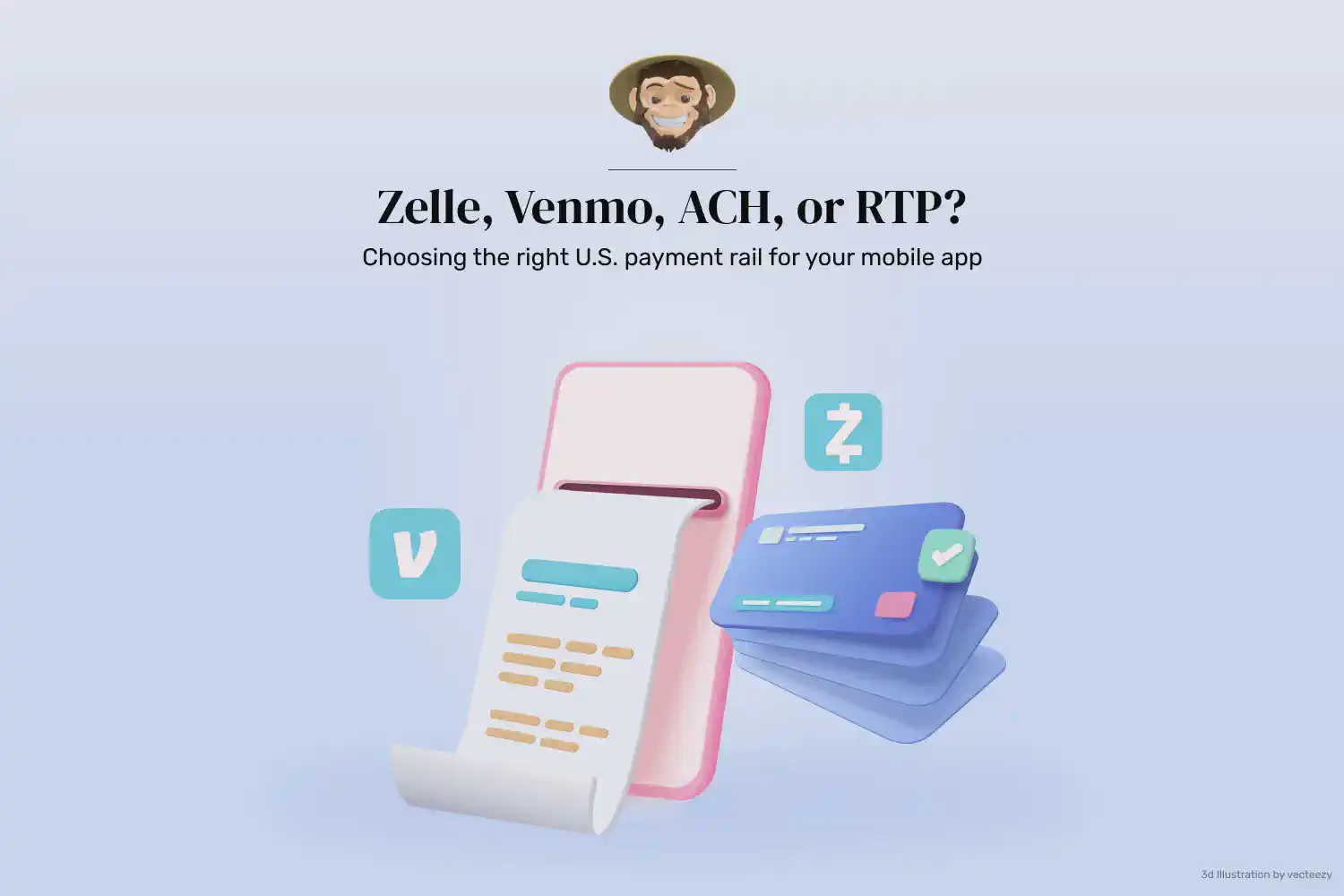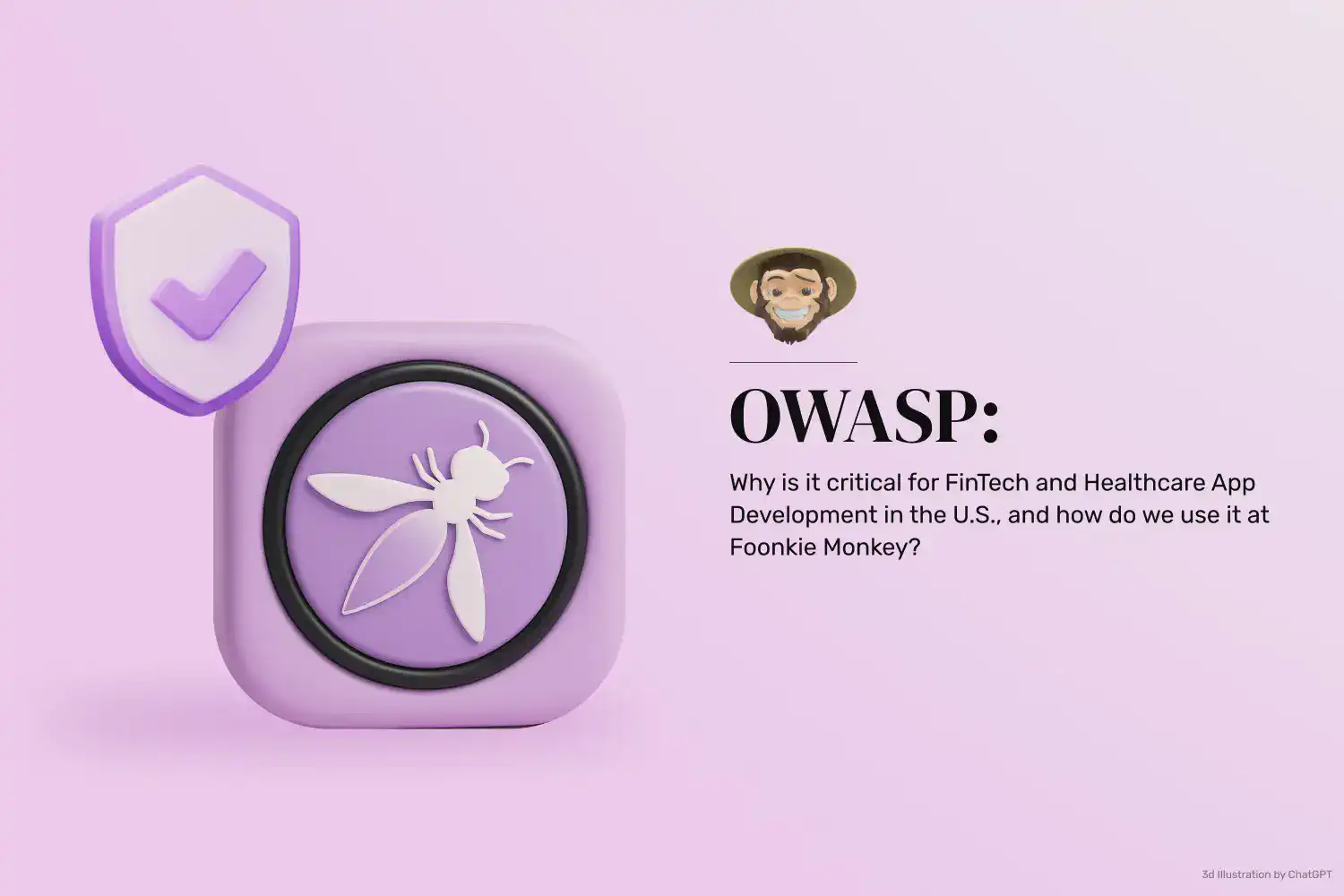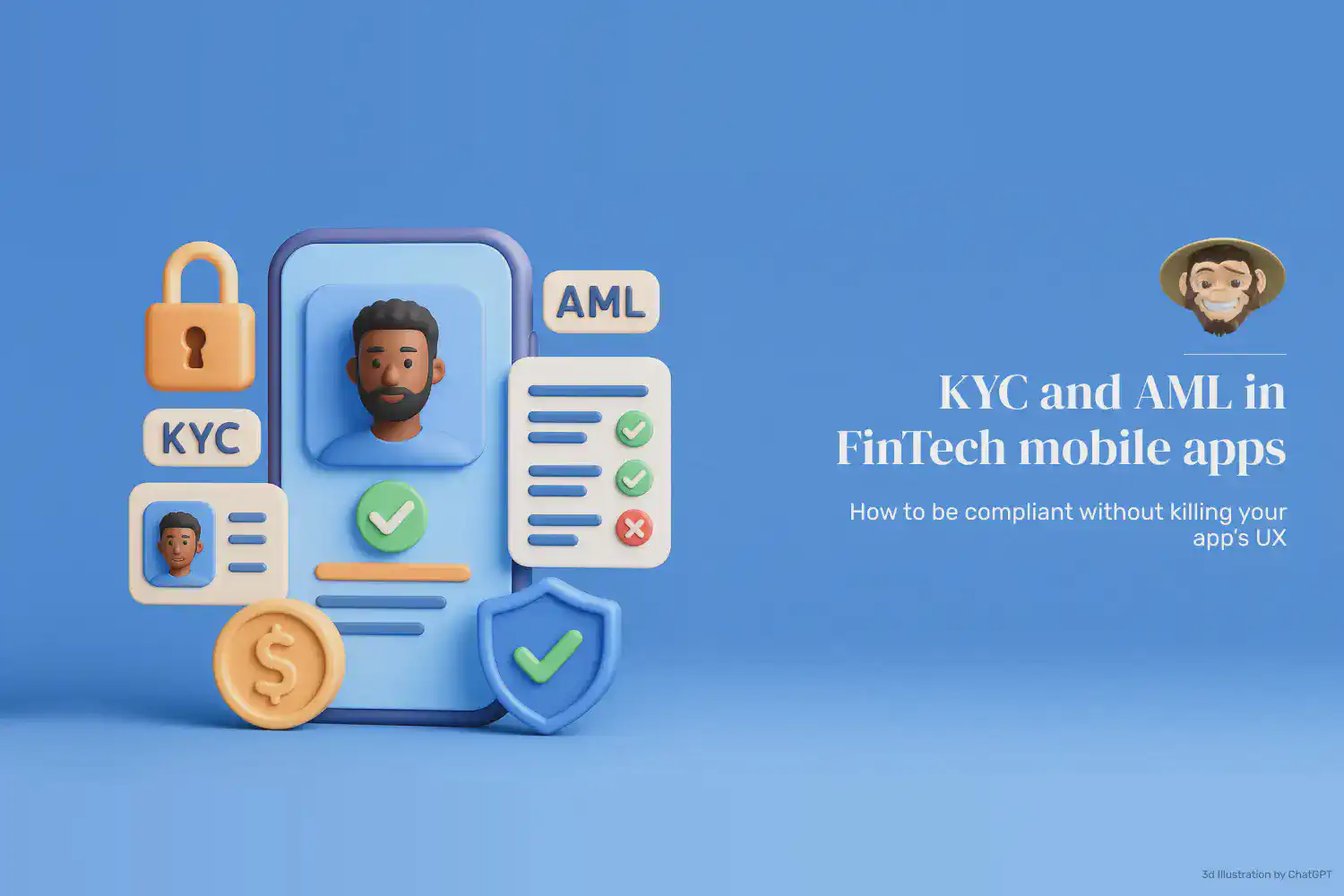For fintech startups in the U.S.A., compliance with KYC and AML regulations isn’t just best practice; it’s the law. However, poorly executed KYC/AML flows can wreck your app’s UX and drive users away.
Building a fintech mobile app is a complex and intricate process. As app developers, we must consider a range of factors, including regulatory compliance, data security, scalable infrastructure, seamless user experience, third-party API integrations, and real-time transaction processing. However, for fintech startups operating in the U.S., it may become more challenging because, unlike standard consumer apps, fintech platforms must adhere to stricter financial regulations, such as Know Your Customer (KYC) and Anti-Money Laundering (AML) requirements. Complying with these regulations isn’t just a competitive advantage; it’s a legal necessity.
These frameworks are crucial for preventing fraud, identity theft, and financial crimes; therefore, they’re rigorously enforced. But here’s the challenge: while regulatory compliance is non-negotiable, if you’re not implementing KYC/AML properly, you can seriously damage your fintech app’s UX and onboarding flow, frustrate users, and cause unnecessary churn, all of which will drive users away. However, by getting it right, you can foster growth and trust in your fintech app, ultimately benefiting your business and the industry as a whole.
So, how do you stay compliant with KYC/AML regulations without killing your fintech app’s UX? In this guide, we at Foonkie Monkey aim to provide you with practical solutions and strategies for building KYC and AML workflows that meet legal regulations while maintaining a frictionless, fast, and user-friendly user experience. Let’s get started.
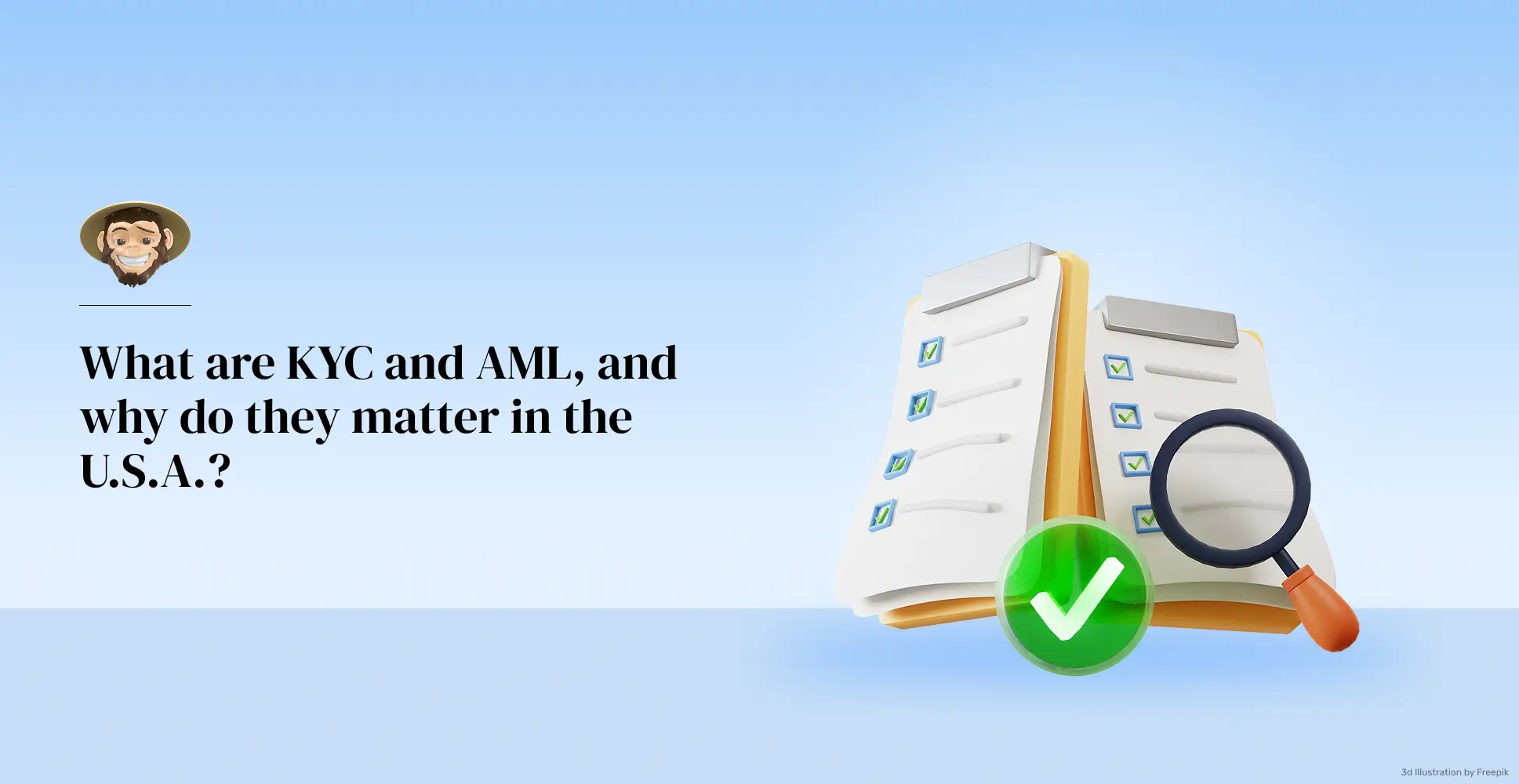
What are KYC and AML, and why do they matter in the U.S.A.?
- What Is KYC?
KYC, aka Know Your Customer, is a regulatory requirement for financial institutions, payment services, and other banking businesses in the United States, designed to verify the identity of users before they can access financial products or services. It ensures that companies know who their customers are by collecting and validating information such as their full name, date of birth, address, and government-issued ID.
KYC matters for Fintech companies in the United States because it helps prevent identity theft, fraud, account takeovers, and unauthorized financial activity. It also ensures that FinTech mobile app owners and developers know exactly who is using their platform, which is crucial for establishing trust, managing risk, and conducting audits.
- What is AML?
AML, or Anti-Money Laundering, is a crucial set of regulations, laws, policies, and technologies that financial institutions operating in the United States must implement. These elements are not just in place for the sake of compliance, but they play a vital role in maintaining the integrity of the financial system. They are critical for detecting and reporting suspicious or illegal activity, including money laundering, terrorist financing, and tax evasion, thereby contributing to a safer and more transparent financial environment.
AML matters for FinTech companies because the consequences of non-compliance are severe. Failing to detect or report any of the illegal activity or suspicious financial behavior mentioned above will result in serious legal consequences, hefty fines, criminal liability, and loss of partnerships with banking institutions, among other consequences. This underscores the importance of AML regulations and the need for FinTech companies to take them seriously.
While compliance with AML regulations is non-negotiable, it’s equally important for FinTech founders and app developers to prioritize user-friendly design. Avoid treating compliance as a ‘bolt-on’ requirement that leads to clunky interfaces, generic onboarding flows, or confusing navigational flows. In the U.S.A. market, where most FinTech mobile app users are tech-savvy, a confusing UX can be a deal-breaker. Here’s our take on how to strike the right balance.

How to build a KYC/AML-compliant mobile app with optimal UX
1. Use Progressive Disclosure
Progressive Disclosure is highly helpful in reducing the cognitive overload that can come with identity verification, document recollection, and other necessary requirements for KYC/AML compliance. What this means is you collect only the minimum required information at each stage of user engagement. For instance, you start with basic details (name, email, address) and gradually request government-issued ID, proof of address, and biometric data. This way, you’re not overwhelming users right away at onboarding and avoid driving them away.
2. Partner with KYC/AML compliance providers
By partnering with a third-party KYC/AML compliance provider, you can easily automate your FinTech mobile app’s compliance workflows, build user trust, and reduce onboarding time while also minimizing the costs and time associated with creating your own KYC and AML verification systems from scratch. These platforms, such as Plaid Identity, Trulioo, and Persona, help implement authentication systems quickly, validate U.S. government-issued IDs, flag suspicious users, and export logs, verification results, and incident reports. Furthermore, they are already recognized by U.S. regulators and financial institutions, offering you a secure and trusted solution.
3. Optimize document uploads
FinTech mobile app users require a straightforward and user-friendly onboarding process that enables them to conduct transactions directly from their smartphones. This means that your KYC identity verification flow must be fully optimized for mobile UX. So, whether you need their driver’s license, proof of address, or passport, the user experience must be seamless, intuitive, responsive, reliable, and as straightforward as possible. Remember, FinTech mobile app users in the U.S.A. are, for the most part, tech-savvy, and a clunky upload process will lead to high abandonment rates, even if they’re legitimate users eager to use your application. To accomplish this, you can leverage functionality such as camera autofocus, smart cropping, real-time image feedback, immediate prompts, and error messages, support multiple document types, enable auto-capture, and more.
4. Show users what is happening and why
In the U.S.A. market, users, especially FinTech app users, are becoming increasingly privacy-conscious and are quicker to abandon apps they don’t fully trust, with good reason. For this reason, clear and transparent communication in FinTech mobile apps is crucial, especially when requesting users to submit sensitive personal information, such as government-issued IDs. In that sense, you must always explain what’s happening, why it’s required, and what the user can expect.
You can accomplish that by adding helpful, plain-language microcopy throughout your onboarding and identity verification flow, explaining why you need the information, what type of document is required, what happens to the data, where it is stored, and how to troubleshoot. Doing so helps reduce support tickets, increases user trust, and promotes successful completion rates.
5. Offer live chat or other clear help alternatives
Even if you build the most intuitive KYC/AML verification process and your users are mostly tech-savvy, it’s important to remember that some of them might still be confused, especially when it comes to document uploads or error messages. This user-centric perspective is critical in providing instant access to help right when and where users need it most. Implementing a visible, well-placed live chat or help CTA (Call to Action) option in relevant moments or screens of your FinTech mobile app can help users access assistance quickly, which can dramatically reduce abandonment rates and increase conversion during KYC/AML flows.
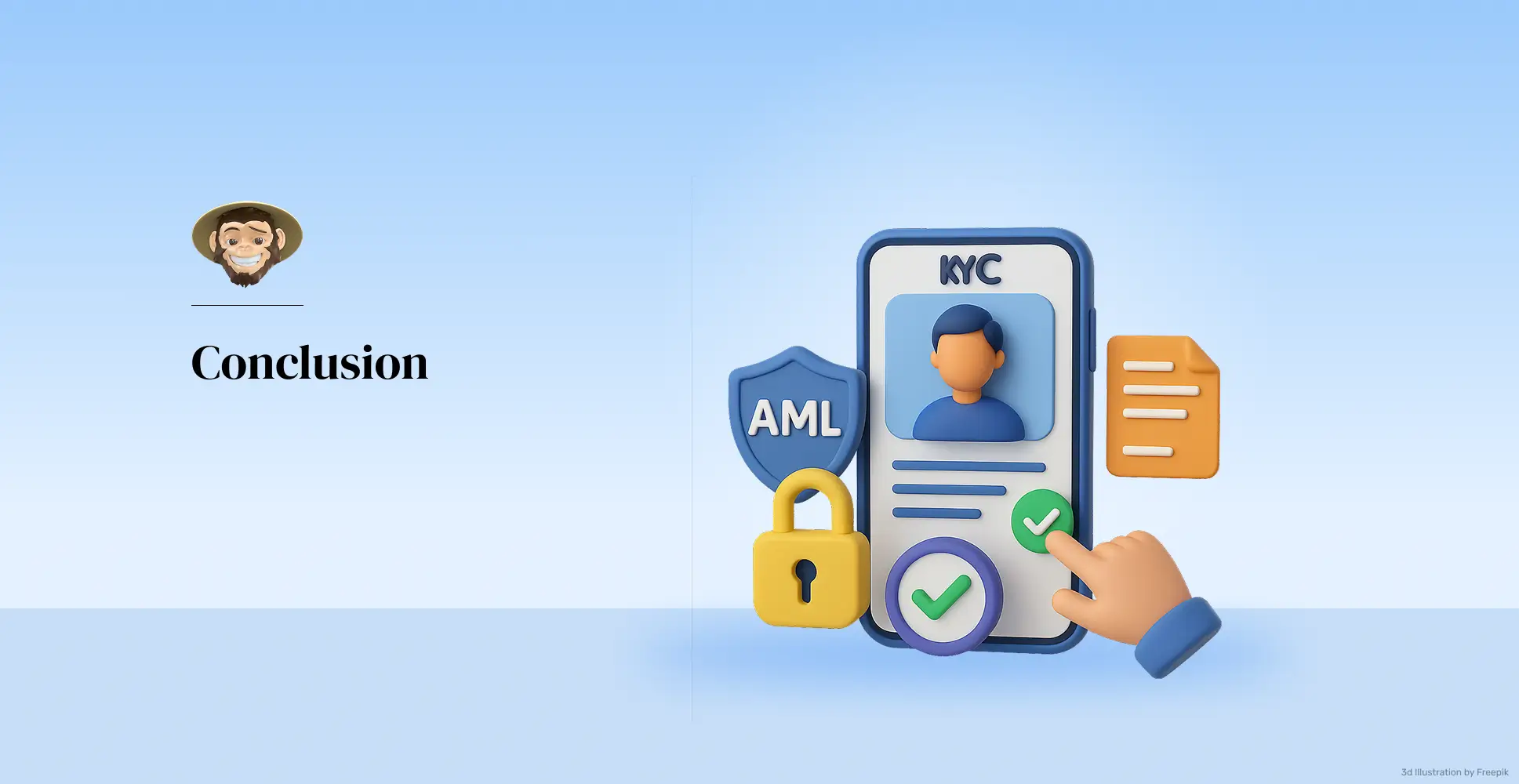
Conclusion
For U.S.A-based FintTech startups and mobile app developers, KYC and AML compliance isn’t just a checkbox to tick off on a list; it is a crucial part of building user trust and scaling responsibly. However, compliance with these regulatory requirements can be harmful to your FinTech app’s UX. Luckily, by implementing innovative practices like tiered KYC flows, mobile-optimized document uploads, transparent communication, and integrations with trusted KYC/AML providers, you can easily and seamlessly create a user experience that is both regulator-friendly and user-first oriented.
If you’re building or scaling a FinTech app in the U.S.A. and need help in understanding and implementing KYC/AML flows that balance security, speed, and user satisfaction in your FinTech mobile app, Let’s talk!
